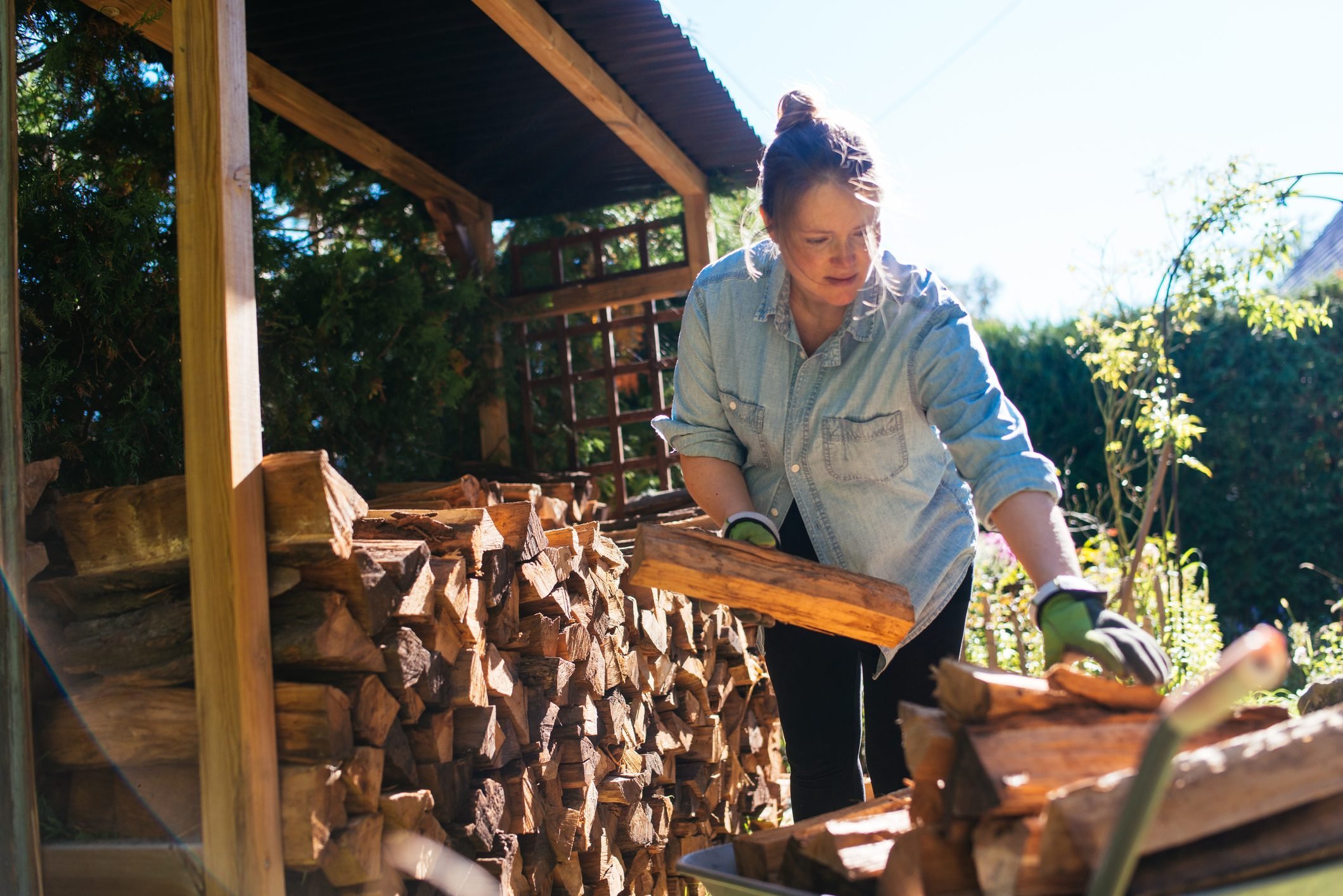
Mastering Firewood Care: DIY Maintenance and Storage Tips
Winter warmth often relies on a well-maintained supply of firewood. Knowing how to properly care for and store firewood is key to a cozy home during colder months. In this guide, we’ll delve into the essential DIY tips for maintaining and storing firewood effectively.
Choosing the Right Firewood
Before diving into maintenance and storage, it’s crucial to start with the right type of firewood. Hardwoods like oak, maple, and birch are excellent choices as they burn longer and produce more heat. Softwoods, such as pine and spruce, are suitable for kindling but burn faster.
Cutting and Splitting Techniques
If you’re cutting your own firewood, proper techniques are essential. Use a chainsaw for efficient cutting and a hydraulic splitter for splitting logs. Ensure pieces are of manageable size for your fireplace or wood stove. Safety gear, including gloves and goggles, is a must during this process.
Seasoning Firewood for Optimal Burning
Freshly cut wood contains a high moisture content, making it difficult to burn efficiently. Seasoning, or drying, is crucial. Allow wood to air dry for at least six months, preferably a year, before use. Stack wood off the ground in a single row, providing exposure to sunlight and airflow.
Creating a Proper Storage Area
A well-designed storage area protects firewood from the elements. Use a firewood rack or construct a raised platform to keep the wood off the ground. Ensure the storage area has good ventilation to prevent mold growth. Cover the top of the stack to shield it from rain and snow while maintaining airflow.
Stacking Techniques for Airflow
When stacking firewood, consider the importance of airflow. Stack wood loosely to promote ventilation and faster drying. Avoid creating dense, tight stacks that impede air circulation. Properly stacked firewood not only dries more efficiently but also minimizes the risk of insect infestations.
Protecting Firewood from Moisture
Moisture is the enemy of well-seasoned firewood. Even after proper seasoning, it’s crucial to protect your firewood from moisture during storage. Use a waterproof cover for the top of the woodpile, leaving the sides open for ventilation. Position the storage area away from direct exposure to rain and snow.
Inspecting for Pests and Insects
Regularly inspect your firewood for signs of pests or insects. Termites, ants, and beetles can take residence in firewood, causing problems when brought indoors. If you notice any infestation, consider treating the affected wood or removing it to prevent the spread of pests.
Rotating Stock for Freshness
To ensure the best burning experience, practice a “first in, first out” approach. Use the older, seasoned wood first and rotate the stock to maintain a fresh supply. This ensures that your firewood is consistently dry and ready for use when you need it.
Maintaining a Safe and Clean Storage Area
A safe and clean storage area is crucial for effective firewood maintenance. Keep the space tidy by removing debris and sweeping regularly. Trim any overhanging branches to prevent them from falling onto the woodpile. A clean storage area minimizes the risk of accidents and enhances the longevity of your firewood.
Educational Resources for DIY Firewood Care
For more in-depth insights into DIY firewood maintenance and storage, consider exploring Maintain and Store Firewood Yourself. This resource provides valuable tips and detailed guidance on ensuring your firewood is well-cared-for, contributing to a warm and comfortable home during the winter months.










